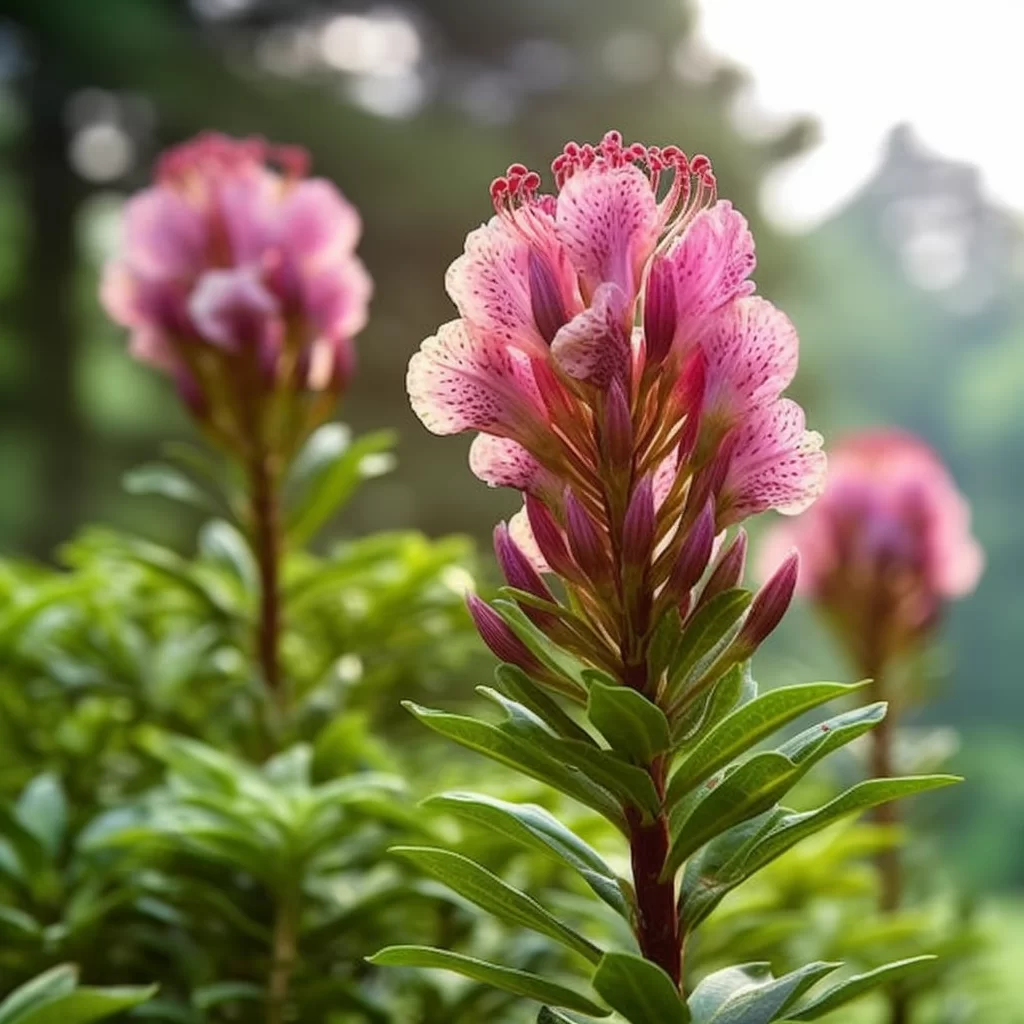Story of Day :
Contents
The Rhododendron Plant: A Complete Guide and Care Tips
Gardening can be a great way to relieve stress and get closer to nature.
If you’re considering adding some color to your garden, rhododendrons are an excellent choice.
These plants are known for their vibrant flowers that bloom from late winter until early summer.
With proper care, these beauties can thrive in your garden for many years.
What Are Rhododendrons?
Rhododendrons are evergreen shrubs or small trees that belong to the heath family (Ericaceae).
They are native to Asia, Europe, North America, and Australia.
The genus is composed of over 1,000 species of woody plants that range in size from low-growing ground covers to tall trees.
Types of Rhododendrons
There are many types of rhododendrons available on the market today.
Some popular varieties include:
- Large-leafed rhodies – These have large leaves with funnel-shaped flowers and can grow up to 30 feet tall.
- Southern Indian hybrids – These have smaller leaves than large-leafed rhodies but larger flowers with more vivid colors.
- Lepidote rhodies – These have smaller leaves than other types of rhodies but produce clusters of tiny bell-shaped flowers.
Rhodo Care Tips

Planting Location
Rhodos prefer well-drained soil with a slightly acidic pH level between 4.5-6.0.
They also need partial shade or filtered sunlight during the day as they cannot tolerate direct sunlight for extended periods or extreme heat.
It’s best to plant rhododendrons in an area where they will get some morning sun and afternoon shade.
Watering
Rhodos require moderate watering, but it’s essential not to overwater them as this can cause root rot.
To prevent this, ensure the soil is well-drained by adding compost or sand to improve drainage.
Watering should be done regularly during drier months and reduced during winter or rainy periods.
Fertilizing
Applying slow-release fertilizers once a year in spring can help promote healthy growth and flowering of rhododendrons.
Fertilizers that are rich in nitrogen, phosphorus, and potassium are most effective for these plants.
Pruning
To maintain their size and shape, rhodos need pruning at least once a year after flowering season ends – typically late spring/early summer – since new buds emerge soon for next season’s blooms.
Flowers should be removed before seed heads develop to conserve nutrients within the plant instead of being used on seed production alone.

Common Problems with Rhodos
Pests & Diseases
Rhododendrons can suffer from several pests such as spider mites, aphids, thrips; or diseases such as powdery mildew & bud blast which causes flower buds falling off prematurely before blooming occurs.
These problems can be prevented by keeping plants healthy with adequate watering/draining soil etc., proper planting location/sunlight exposure/fertilizer application regime/pruning techniques among others; consulting local gardening experts for pest control measures when required is also recommended if necessary..
In Conclusion
The Rhododendron plant is a beautiful addition to any garden due its vibrant colors and extensive variety.
However, it’s important to remember that they need proper care to thrive.
Ensure you plant them in well-drained soils, provide partial shade or filtered sunlight to avoid overexposure, and regularly water and fertilize for healthy growth.
Follow adequate pruning techniques as necessary during late spring/early summer seasons for their continued growth cycle each year.